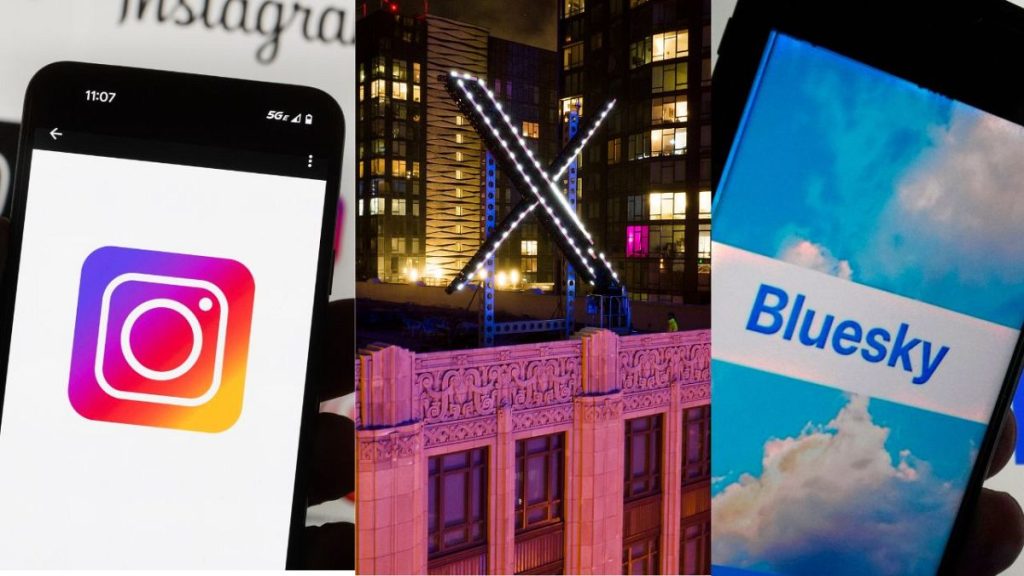The landscape of social media is undergoing a rapid transformation, spurred by the recent ban on TikTok in the United States. This seismic shift has created a vacuum that several prominent platforms are vying to fill, leading to a flurry of innovation centered around short-form video content and editing tools. Meta, X (formerly Twitter), and Bluesky are at the forefront of this movement, each unveiling new features designed to capture the attention of users seeking alternatives to the popular video-sharing app. This competitive scramble underscores the significant influence TikTok held and the substantial opportunity presented by its absence.
Meta, the parent company of Facebook and Instagram, has taken a two-pronged approach. While not directly replicating the TikTok experience, Meta is strategically targeting the ecosystem surrounding it. Their newly announced app, “Edits,” is poised to compete with CapCut, the popular video editing software owned by ByteDance, TikTok’s parent company. Edits aims to empower creators with high-quality camera features, collaborative drafting tools, and performance analytics integrated with Instagram. This strategy allows Meta to capitalize on the existing user base of Instagram while simultaneously offering a robust editing suite for mobile video creation. This move indirectly benefits Instagram Reels, Meta’s existing short-form video feature, by providing users with a powerful and integrated editing tool.
X, under Elon Musk’s leadership, has taken a more direct approach by introducing a dedicated video tab within its platform. This feature aggregates video content, providing users with a streamlined viewing experience. While short-form videos were already present on X, this dedicated tab signifies a concerted effort to prioritize and highlight video content. This move reflects a recognition of the growing popularity of short-form video and aims to position X as a viable alternative for users seeking this type of content. The timing of this feature’s release, coinciding with TikTok’s ban, strongly suggests a strategic move to capture migrating users.
Bluesky, a decentralized social media platform, has also entered the fray with its own video-focused features. The platform now allows users to create custom feeds dedicated exclusively to video content. This functionality provides users with greater control over their viewing experience and allows them to curate personalized video streams. The integration of video feeds into the platform’s “Explore” tab and the ability to pin these feeds to the home screen further highlights Bluesky’s commitment to embracing this burgeoning content format. Furthermore, the platform’s user base experienced significant growth over the weekend of TikTok’s ban, suggesting that users are actively seeking alternatives.
The strategic responses of these social media giants underscore the power vacuum created by TikTok’s ban and the intense competition to capture its displaced user base. Each platform is leveraging its existing strengths and resources to offer compelling alternatives. Meta is focusing on empowering creators with powerful editing tools, X is streamlining video discovery and consumption, and Bluesky is emphasizing personalized curation and community building around video content. The common thread linking these strategies is a recognition of the growing dominance of short-form video in the social media landscape.
The ban on TikTok has created a ripple effect throughout the social media ecosystem, prompting established players to adapt and innovate. This rapid evolution is reshaping the digital landscape and highlights the dynamic nature of the industry. While the long-term consequences of TikTok’s ban remain to be seen, the immediate impact is clear: a race among social media platforms to capture the attention and engagement of users seeking a new home for short-form video content. The success of these platforms will depend on their ability to provide compelling features, foster vibrant communities, and ultimately, deliver a user experience that can rival the engaging nature of TikTok.
This competitive landscape benefits users by offering a wider range of choices and potentially driving innovation. Each platform brings unique strengths and features to the table, catering to different preferences and creative styles. The ultimate winners in this race will be the platforms that can successfully adapt to the evolving needs of users and provide the most engaging and rewarding experience. The future of short-form video in the US remains uncertain, but one thing is clear: the competition is fierce, and the stakes are high.














